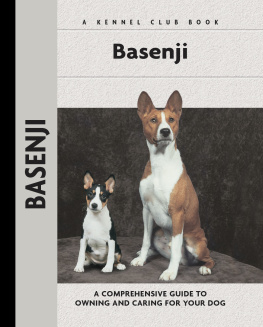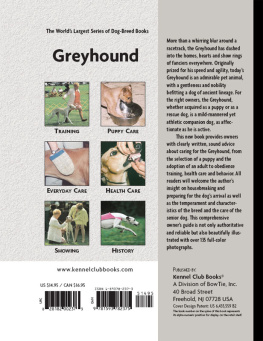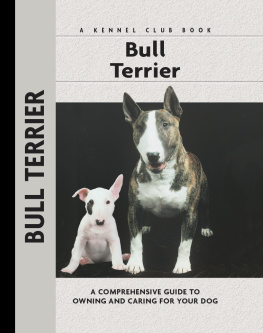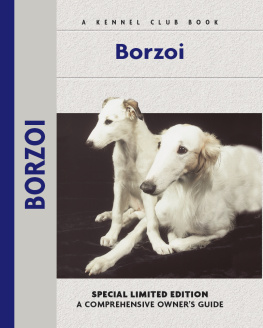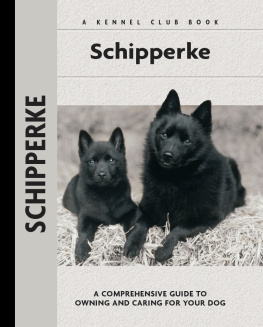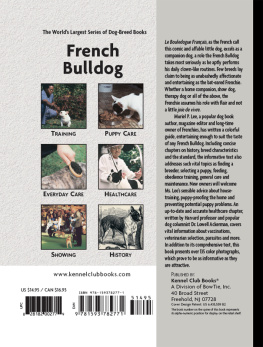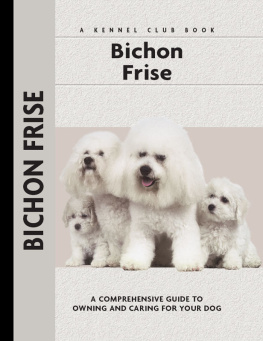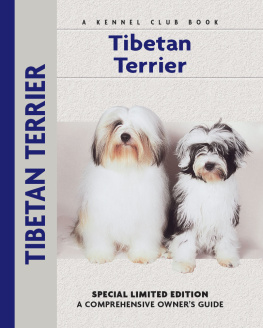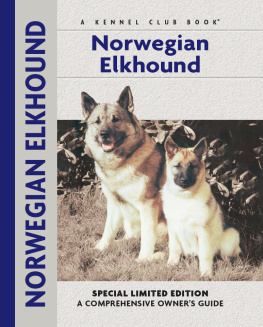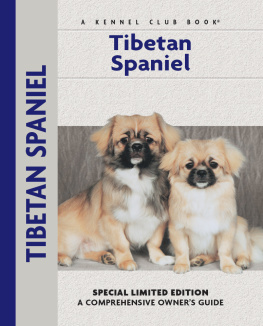Physical Characteristics of the Basenji
(from the American Kennel Club breed standard)
Head: Proudly carried.
Skull: Flat, well chiseled and of medium width.
Eyes: Dark hazel to dark brown, almond shaped.

Muzzle: Shorter than skull, neither coarse nor snipy, but with rounded cushions.
Nose: Black greatly desired.
Teeth: Evenly aligned with a scissors bite.
Chest: Of medium width.
Forequarters: Shoulders moderately laid back. Elbows tucked firmly against brisket. Legs straight with clean fine bone, long forearm and well defined sinews.
Ears: Small, erect and slightly hooded, of fine texture and set well forward on top of head.
Neck: Of good length, well crested and slightly full at base of throat.
Body: Balanced with a short back, short coupled and ending in a definite waist.
Tail: Set high on topline, bends acutely forward and lies well curled over to either side.
Topline: Back level.
Hindquarters: Medium width, strong and muscular, hocks well let down.
Height: For dogs is 17 inches and bitches 16 inches.
Coat: Short and fine.
Color: Chestnut red; pure black; tricolor (pure black and chestnut red); or brindle (black stripes on a background of chestnut red); all with white feet, chest and tail tip.
Feet: Small, oval and compact with thick pads and well arched toes.

Contents

Journey with the author to discover the mysterious beginnings of the Basenji in ancient Egypt and Central Africa. Follow this unique pariah type to the shores of the United Kingdom and then to the US, meeting the famous dogs and breeders behind todays breed. From pyramid etchings to hunting reed rats to a life of leisure as a show dog and companion, the Basenjis history is sure to fascinate all readers.

Enter the colorful world of the Basenji, the worlds barkless dog, considered by fanciers half an angel, half a cat, and discover the breeds intelligent, independent personality, his special traits and peculiarities, health concerns, physical characteristics and much more!

Learn the requirements of a well-bred Basenji by studying the description of the breed set forth in the American Kennel Club standard. Both show dogs and pets must possess key characteristics as outlined in the breed standard.
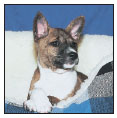
Find out about how to locate a well-bred Basenji puppy. Discover which questions to ask the breeder and what to expect when visiting the litter. Prepare for your puppy-accessory shopping spree. Also discussed are home safety, the first trip to the vet, socialization and solving basic puppy problems.
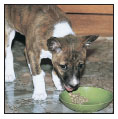
Cover the specifics of taking care of your Basenji every day: feeding for the puppy, adult and senior dog; grooming, including coat care, ears, eyes, nails and bathing; and exercise needs for your dog. Also discussed are the essentials of dog ID and safe travel.

Begin with the basics of training the puppy and adult dog. Learn the principles of house-training the Basenji, including the use of crates and basic scent instincts. Enter Puppy Kindergarten and introduce the pup to his collar and leash, and progress to the basic commands. Find out about obedience classes and other activities.

By Lowell Ackerman DVM, DACVD
Become your dogs healthcare advocate and a well-educated canine keeper. Select a skilled and able veterinarian. Discuss pet insurance, vaccinations and infectious diseases, the neuter/spay decision and a sensible, effective plan for parasite control, including fleas, ticks and worms.

Step into the center ring and find out about the world of showing pure-bred dogs. Heres how to get started in AKC shows, how they are organized and whats required for your dog to become a champion. Take a leap into the realms of obedience and agility trials, tracking tests and lure-coursing events.
K ENNEL C LUB B OOKS B ASENJI
ISBN 13: 978-1-59378-308-2
eISBN: 978-1-59378-723-3
Copyright 2005 Kennel Club Books An Imprint of I-5 Press A Division of I-5 Publishing, LLC
3 Burroughs, Irvine, CA 92618 USA
Cover Design Patented: US 6,435,559 B2 Printed in South Korea
All rights reserved. No part of this book may be reproduced in any form, by photostat, scanner, microfilm, xerography or any other means, or incorporated into any information retrieval system, electronic or mechanical, without the written permission of the copyright owner.
10 9 8 7 6 5 4 3 2 1
Photography by Cheryl A. Ertelt & Carol Ann Johnson
with additional photographs by
Paulette Braun, T.J. Calhoun, Alan and Sandy Carey, Isabelle Franais, A. Jemolo, Bill Jonas, Alice Roche, Kent Standerford, Karen Taylor and Alice van Kempen.
Illustrations by Patricia Peters.
The publisher wishes to thank all of the owners of the dogs featured in this book including Jan Caton, Janette Hahn, Suzanne LaCroix and Carol Ann Worsham.
 |
P HOTO COPYRIGHT K NEMANN V ERLAGSGESELLSCHAFT MB H , K LN/ A. J EMOLO. |
Detail of an Egyptian papyrus, circa 900 BC, showing the night voyage of the sun god in his boat. The boat is being pulled by four jackals, which bear a resemblance to todays Basenji and some of the sighthound breeds.

The Basenji is a very special dog, used in Africa as an all-around hunter and typifying neither a classic sighthound nor scenthound, as it hunts by both scent and sight. It appears to have developed from a diversity of canid types and indeed is probably most closely related to the pariah family. Over the years, the breed has also been described as both a terrier and as one of the spitz breeds, so to obtain a clearer picture of the Basenji we will peruse the pages of history.
Next page
